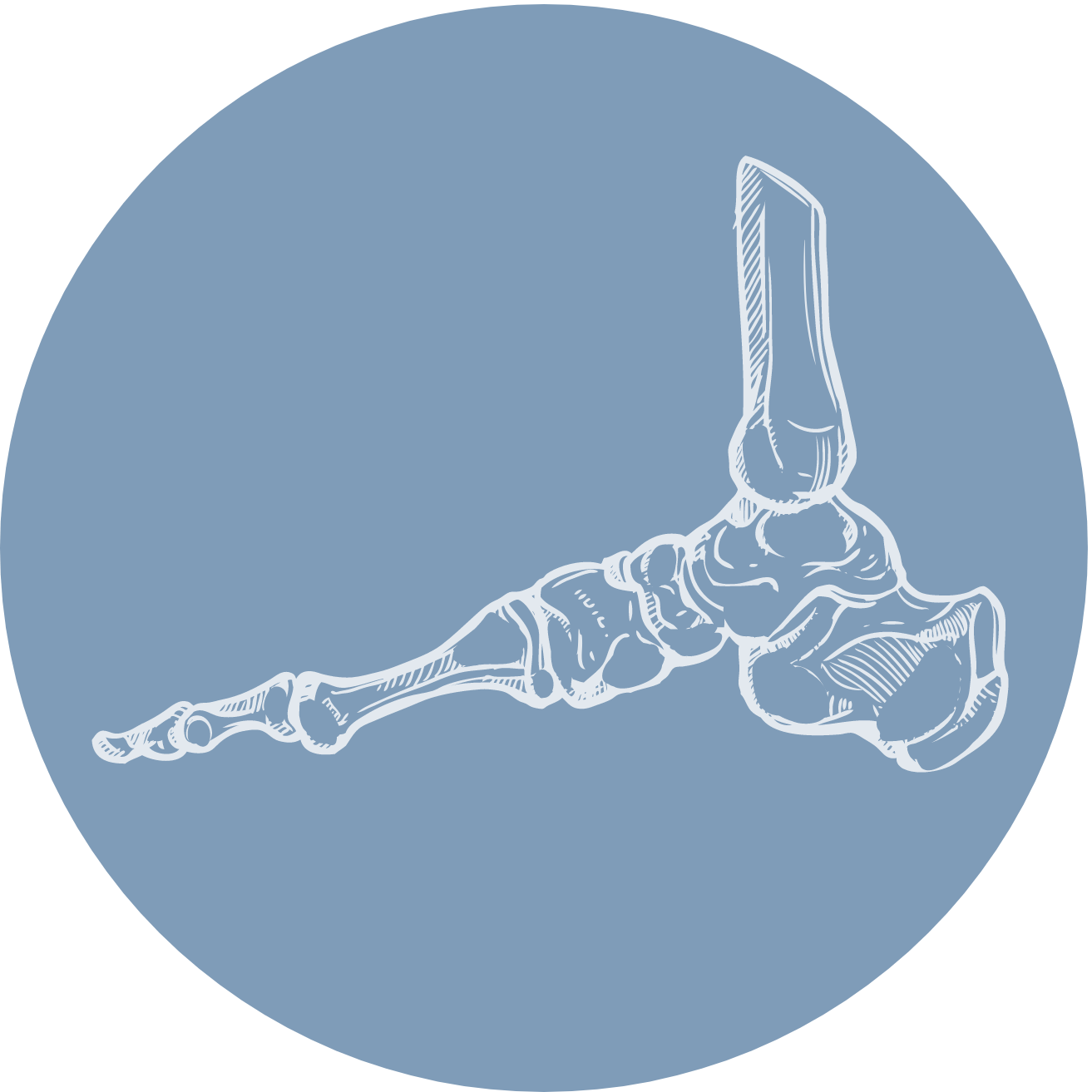By Robson Brown
Shoes come in all kinds of shapes, sizes, colours and design. But which ones are the best? I will try to answer that today by explaining the different components of a shoe and how they affect the way we walk.
Shoe fastening: Velcro, laces, slip on?
Fastening is important because it secures your foot inside the shoe. Velcro or lace-up shoes are more likely to prevent your foot from slipping or ‘shearing’ when you walk. We want to prevent this movement because it can cause skin to become sore, causing blisters or painful callus to form on the sole of the foot. Usually, a slip-on type shoe (pumps, flip flops etc.) are not a very supportive type of footwear because they are without fastening. However, a slip- on trainer might be preferable for someone who is immobile, not doing a lot of walking, is struggling to reach their feet, or to do up laces/velcro straps. Ensure that the trainer supports the whole of the foot (e.g no open back).
Toe Boxes
A toe box is the tip of the shoe - where the toes generally lie. When picking your shoes, you should aim for a wide, high toe box. This means avoiding narrow, pointy shoes. The reason for this is that a shoe too slim can cause the toes to become squashed together, and the resulting pressure can cause skin sores or calluses, caused by the toes rubbing together when we walk. A tight, shallow toe box can also cause the metatarsal bones and nerves of the foot to become compressed, which can cause numbness, tingling or sharp pain in the forefoot. They can also cause painful deformities in the toes such as hammer, clawed toe or bunions.
Cushioned/cupped heels
Another thing to consider when buying a pair of shoes is the amount of cushioning in the
heel area. The heel is our first point of contact with the floor when we walk - taking the entire weight of the body through it with every step. Wearing a shoe with a solid, hard or raised heel increases the force acting on it, which can cause inflammation of the soft tissues, bruising, and in severe cases, hairline fractures. Wearing a high heel can also cause pain and issues in the back of the foot, ankle and lower leg, so should be avoided for everyday use. The ideal heel is one with a soft sole, but a firm enough backing to stabilise the heel (so that your heel doesn’t feel like it is rolling inwards or outwards) - this is called a cupped heel, one that the heel ‘sits’ in and has surrounding fabric to support it.
Ankle support
Ankle support is not always necessary, but can be a good addition to a shoe - especially if it is a shoe for a very high functioning activity, such as hiking. Ankle support does exactly that - supports the ankle, which can be useful when walking at awkward angles e.g - offroad, hills, rocky terrain and can help in avoiding injury to the ankle joint and its surrounding tendons.
Rocker soles
A rocker sole is exactly what it sounds like - a sole that ‘rocks’. By this we mean a shoe with a curved base, curing at the front of the shoe and at the heel, with the middle of the foot in contact with the floor. A rocker shoe can help your walking to be at its most efficient. A flatter shoe usually means making the muscles and joints of your foot work harder and be under increased force and pressure in order to propel us forward when we walk, which can cause things like osteoarthritis to develop in the joints, tendon strains and soft tissue inflammation.
Arch support - is it necessary?
Arch support is widely believed to be an essential component to a good shoe, but this is not always the case. The ‘arch’ of the foot can come in many different shapes and sizes - it is different for every individual. The arch of the foot is actually a moving structure made up of different bones and joints in the midfoot. This means that when we walk, our arch can become higher or lower, depending on which stage of the gait cycle we are in (gait = the movements of the lower limb during walking). That being said, an ‘aggressive’ arch support or insole can actually hinder the movement of the arch of the foot, causing our gait to change and lower limb issues to arise. Other conditions such as pes planus (flat foot) for example would not benefit from something like an arch support. However there are certain foot types/conditions that will benefit from an arch support, such as PTTD (posterior tibial tendon dysfunction).
If you are unsure about the correct kind of shoe, are experiencing foot/ ankle pain, or are finding it difficult to find a style that is comfortable, we recommend booking an MSK appointment with us. In this appointment we will assess your foot positioning, joint mobility,muscle strength and gait style to determine the best shoe type or insole you need to live your most comfortable life. We can also prescribe a custom made insole tailored to your foot type, should you require it.






